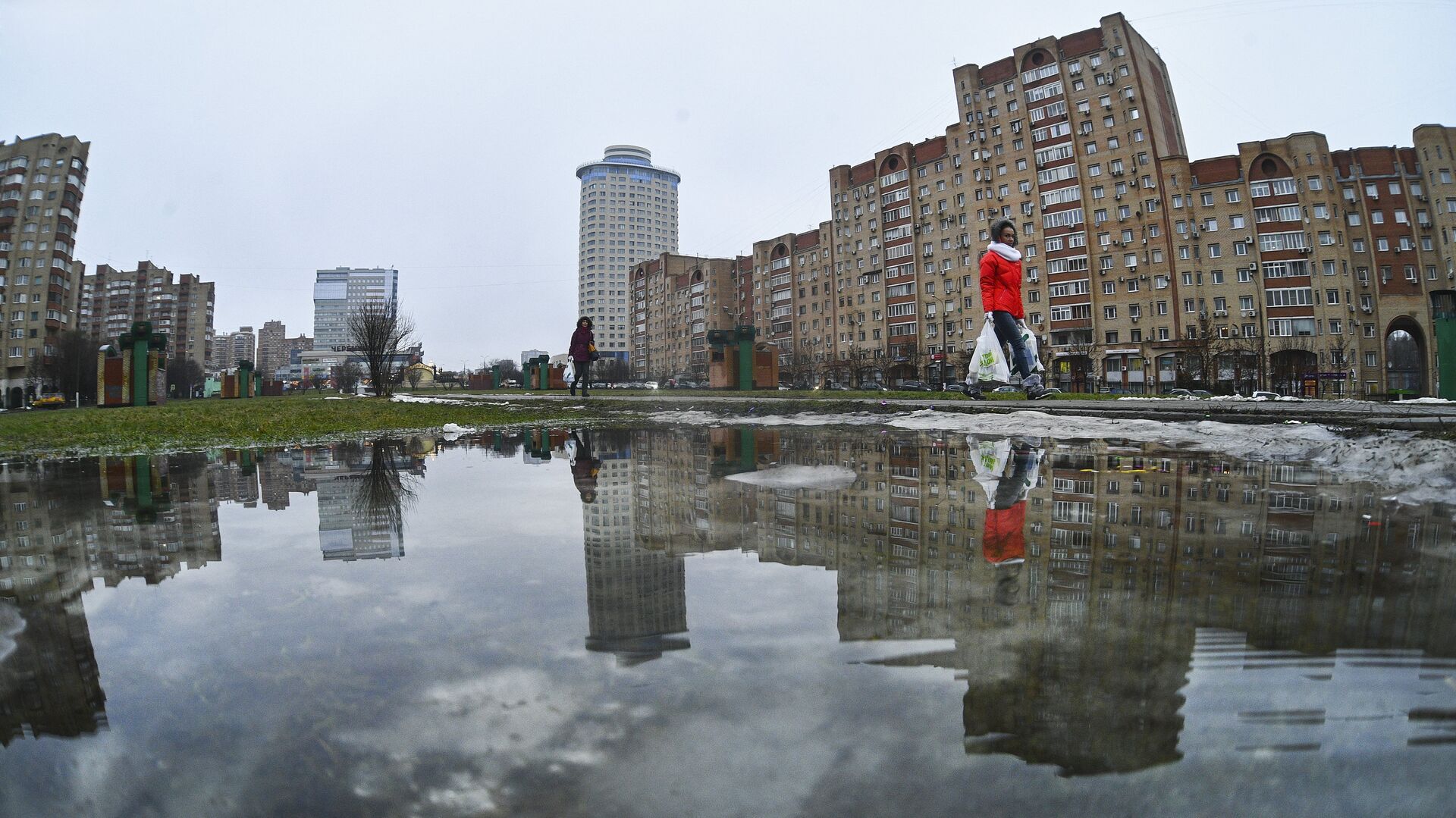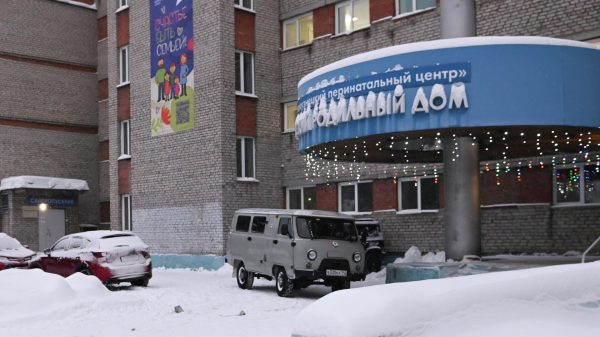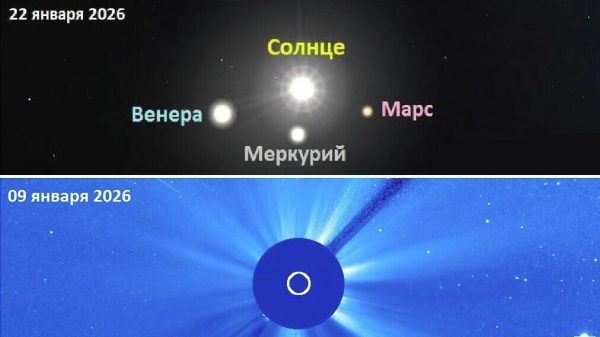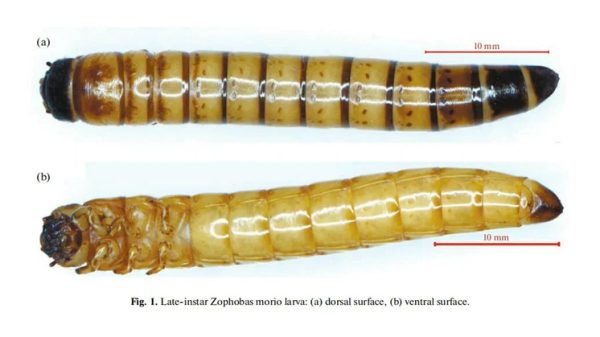
MOSCOW, December 24, Tatyana Pichugina. Chinese experts predict an exceptionally warm winter in the Northern Hemisphere. Temperatures in some places will be twice as high as normal. This is facilitated by El Niño. How accurate these predictions are is in the material .
The cold period is over
When discussing global warming, they often do not explain exactly how rising temperatures affect various atmospheric phenomena that cause a lot depends on people's lives. One mechanism is the Southern Oscillation in the Pacific Ocean. It has been associated with extreme weather, epidemics and even military conflicts.
The Southern Oscillation has two distinct phases: warm — El Niño and cold — La Niña. The latter usually lasts no more than a year. During this period, particularly severe droughts occur, heat waves, forest fires, floods, and deadly hurricanes occur.
Long La Niñas are rare. Since 1920 there have been only ten of them, with eight since 1970. Scientists believe this is a result of the warming of the western Pacific Ocean.
There are other factors. How to installresearchers from the USA, severe fires in Australia in 2019-2020 delivered a lot of ash into the atmosphere. This made the clouds more reflective, allowing less solar energy to pass through, which cooled the South Pacific more than usual. The ozone hole in Antarctica intensified the effect.
All together launched a chain of changes in the ocean-atmosphere system, which led to a three-year La Niña, which largely determined the climate on the planet in 2020-2022. This is a hypothesis based on modeling.
Scientists from the University of Information Sciences and Technology and the School of Atmospheric Sciences at Sun Yat-sen University in China decided to checkthis is based on paleoclimatic data. The most convenient history is of volcanic eruptions, when a lot of sulfur dioxide, hydroxides, and water vapor are released. The corresponding aerosols linger in the stratosphere for a year or two and cool the climate.
We reconstructed 26 eruptions that occurred from 900 to 2000 in the Southern Hemisphere, the last two in 1931 and 1979. For testing, we used tree rings growing in the south of North America. This is a reliable indicator of the phases of the Southern Oscillation, unlike, for example, corals. In all cases, abnormally cold winters were observed within three years after the eruption.
Paleodata have shown that volcanic eruptions influence the Southern Oscillation, in particular, lead to multi-year La Niña and serve as an additional external factor in their intensification. But not all. Thus, after the powerful explosion of the Hunga-Tonga-Hunga-Haapaa volcano on January 15, 2022, only one teragram of SO2 entered the stratosphere, which did not lower the temperature of the ocean surface.
El Niño will kill winter
This summer, the cool La Niña gave way, after seven years, to a warm phase — El Niño. According to predictions, it should be extremely strong, and so far these expectations have been justified.
El Niño began in June off the western coast of South America. Temperature anomalies were recorded in the North Pacific, North Atlantic, North America, southern Europe and northern regions of Asia.
Summer broke all records. In September, temperatures exceeded pre-industrial levels (1850-1900) by 1.82 degrees. In November, it reached the psychologically important mark of two degrees for several days. According to climate models, such an excess will be permanently established by the end of the century. And 2023 is recognized as the hottest year in recorded history.
El- Niño is gaining strength, which will affect winter in the Northern Hemisphere. Scientistsfrom the Institute of Atmospheric Physics of the Chinese Academy of Sciences, using three global climate models developed at this institute — FGOALS-f2, FGOALS-f3_L and NZC-PSM, concluded that the maximum will occur in the coming months. Given the long-term global warming trend, average winter temperatures will break historical records. This will be especially felt in the middle and low latitudes of Eurasia, as well as most regions of the Americas.
The combined model also predicted an unusually warm winter in China, with the exception of the north of the country.
Climate models give inaccurate forecasts when it comes to period of a couple of months. Numerous external noises interfere — the thickness of sea ice, soil moisture. For example, the predictions for last winter were not confirmed. The La Niña phenomenon is being blamed for this. Now it’s a different matter: El Niño brings heat, the Arctic is warming up. The forecast will most likely come true.

























































Свежие комментарии